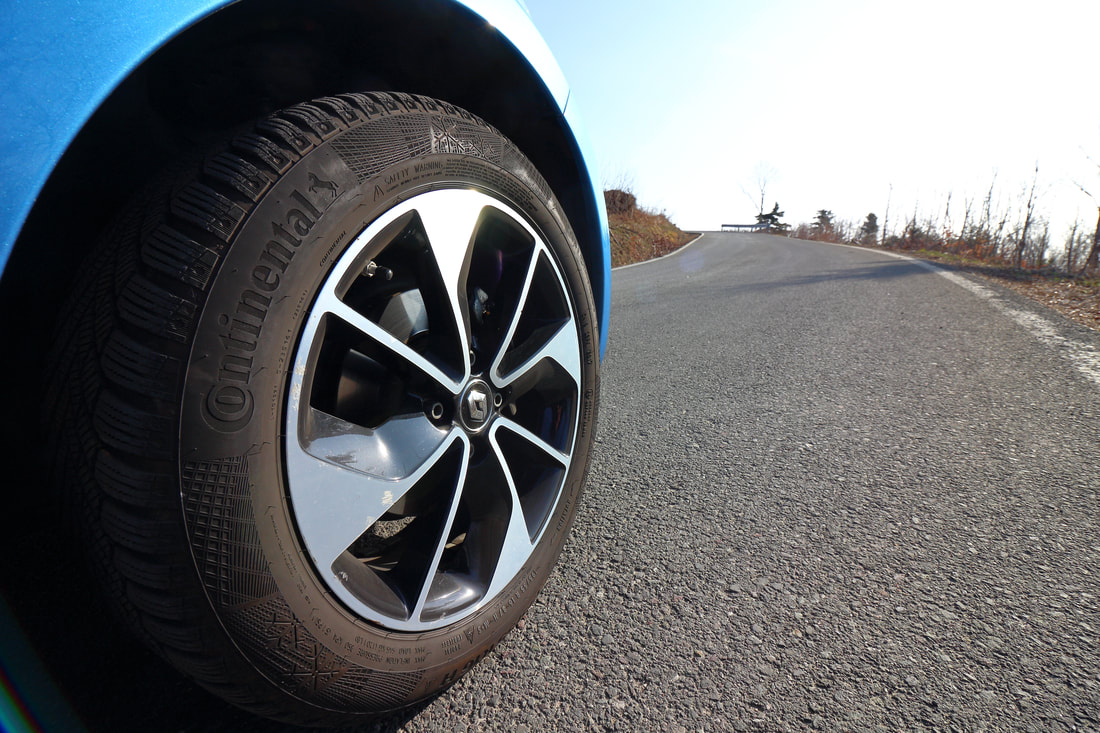
One of the primary parts of every comprehensive car service is to examine the state of the tyres. We rely on our tyres; they are the only points of contact with the road, and they need sufficient tread to move water from the tyre to maintain grip. But, many drivers don’t really understand how tyres actually work, and this can make it difficult to choose the correct tyres for their cars. In this article, we will take a closer look at road tyres and the various types of tyres that are suitable for a variety of road conditions.
Contents
The Importance of Good Road Tyres
When you take your car in for a car service in Perth, they will ensure that your tyre is safe to use. But, when you’re choosing a tyre you may not have access to an expert, and you may end up buying a tyre that doesn’t really suit your needs. There are many factors to consider when buying a new set of tyres, such as budget, the driving conditions, and the car you’re driving with them. A great tyre should meet all of these needs, but if you have a lower budget, you may need to make some compromises, and this is less than ideal. Skimping on tyres is not advised, a car represents a significant investment that you want to protect, and you cannot place enough emphasis on safety for you and your passengers. Always invest in the best quality tyres that you can afford, they will last longer, and they will help to keep you safer when you’re out on the road.
Buying Tyres to Meet Environment Conditions
Sometimes you may need a tyre to meet a certain environmental road condition and finding the right tyre to suit those needs can be a challenge. Let’s look at some more mundane and severe applications and the type of tyre that you may need for those conditions.
Winter Tyres
You can recognise a winter grade tyre by a three-peak mountain snow-flake (3PMSF) symbol on the sidewall. This is a standardised stamp that you will find all over the world and is demonstrates that this tyre has significantly better handling in icy, cold, and wet driving conditions. A good winter tyre can be used for long journeys, and they will still work well outside of their usual operating temperatures. That being said, they will not perform as well as a tyre designed for warmer conditions during the hotter times of the year.
Mud and Snow
A mud and snow tyre can be identified by a M+S symbol on the sidewall of the tyre. This typè of tyre should not be confused with the dedicated winter tyre mentioned above. A mud and snow tyre is designed to provide superior traction on looser driving surfaces, and this can include snow. They are typically not made from the same soft rubber that you would find on a winter tyre that can stay soft and supple in colder temperatures. A mud and snow tyre is well suited to a wider range of temperatures above 7º with the occasional trip into cooler climes. There are M+S tyres that are also rated as 3PMSF for winter use; these are very specialised tyres that you might find on an SUV used by a hardcore offroading enthusiast.
Ice Tyres
We don’t get a great deal of ice here in Australia, but we will include them here for completeness and as a primer for trips to colder climes. These are studded tyres designed for use in harsh winter conditions. They have a similar tread to the winter tyres mentioned above, but there are short metal studs fitted to the surface to add extra traction. The metal studs bite into the surface of the ice to maintain control, and the only better option for driving in these extreme conditions would be caterpillar tracks.
All-Terrain Tyres
We have seen a marked increase in the popularity of SUVs here in Australia, and many of these vehicles are fitted with all-terrain tyres. An all-terrain tyre can be fitted to any vehicle that regularly ventures off the road, and the main difference between them and a standard road tyre is the tread arrangement. A road-focused tyre has a circumferential tread pattern, and an off-road tyre uses a radial tread block arrangement. An all-terrain tyre can be safely used on the road, but it will never be as effective as a road tyre.
Summer Tyres
Depending on where you are in the world these types of tyres may also be known as performance tyres. They are the ideal type of tyre for a performance vehicle in warm, fine conditions. Here in Australia, it’s possible to use a summer tyre all rear round if you can deal with the occasional sacrifice in handling during wetter or colder weather. The tread pattern of a summer tyre has fewer sipes that are used to remove water quickly, and instead, there are large areas of smoother rubber to improve grip on dry roads. A summer tyre may be identified by a sun symbol that’s stamped on the tyre sidewall.
All-Season Tyres
This is a tyre that we most often see when we examine a car during a car service. These are the true all-rounders of road tyres, and they are well suited for temperate climates where there are no seasonal temperature extremes. Theses tyres offer lower rolling resistance, they provide good water clearance, and they are made from a compound that performs well in hot and dry weather. A summer tyre will not perform as well in as a dedicated tyre in any season, but it can be used safely on any surface except for ice or offroading.
Slick or Semi-Slick Tyres
These tyres are best suited to performance cars racing on a track at the weekend, and they are not a great option for the road. Slick or semi-slick tyres are expensive and specialised for racing, and they provide minimal grip in wetter conditions.
If you’re looking for a new set of tyres for your car or the best car service in town, contact AHG Auto & Tyre Service for a no-obligation quote today.


